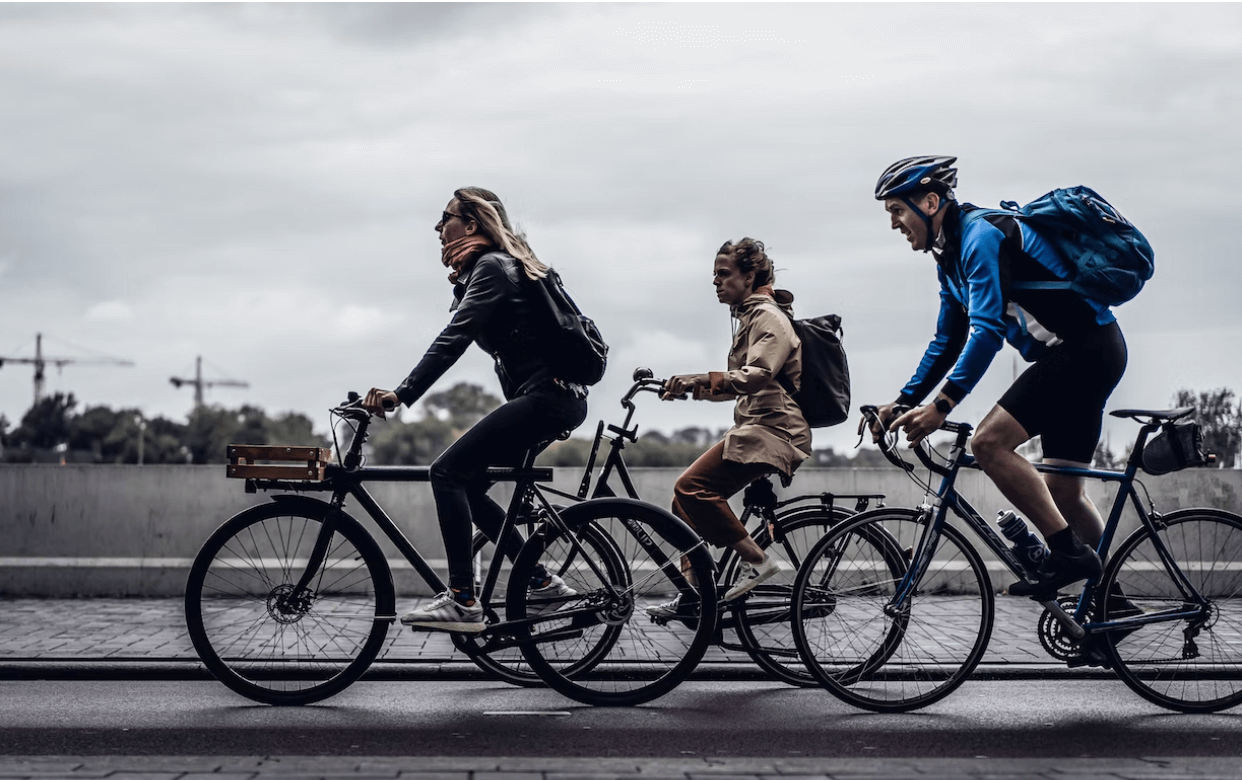Riding a bicycle is an enjoyable and convenient form of transportation. It’s also a great way to get exercise and stay healthy. But if you ride a bicycle regularly, there are certain things that you should know in order to protect yourself from injury or harm. This article will explore the important things cyclists need to be aware of so they can ride safely and confidently.
1. Proper Bike Maintenance
If you’re looking for a reliable ride, proper bike maintenance is key. Make sure to regularly check the tires, brakes, and other components of your bicycle to make sure they are functioning correctly. Also, consider taking your bike in for regular tune-ups at least once every year or two – this will help keep it running smoothly and efficiently.
2. Safety Equipment
When cycling, it is important to wear appropriate safety equipment such as a helmet, bright clothing, and reflective gear. A good helmet should fit properly and securely on the head. Bright-colored clothing can help cyclists be seen in traffic by other road users. Additionally, reflective gear and light systems can improve visibility during nighttime riding or in low-light environments. Wearing the appropriate safety equipment can help ensure cyclists are seen and remain safe while on the road.
3. Basic Rules of the Road
In addition to basic road safety, cyclists must also be aware of specific rules that apply to bicyclists. Riding on the right-hand side of the road is essential for avoiding collisions and ensuring a safe ride. Bicyclists must obey all traffic signals and signs just as motor vehicles do, including stopping at stop signs and red lights. When turning left at an intersection, cyclists must yield to oncoming traffic. And, cyclists should always signal their turns and stops using hand signals.
4. Bicycle Laws
There are a variety of laws that cyclists must abide by. It is important to understand and follow these laws, as they help protect riders from potential harm. Most states have their own laws around bicycle riding, including rules on when and where you can ride your bike (e.g., some roads may be off-limits to cyclists). Other regulations might include wearing a helmet, having a bell on the bike, and use of bike lanes or paths.
Of course, you can always talk with a lawyer to get a more complete understanding of the laws in your area. And, nowadays, whether you need a San Diego bicycle accident attorney or someone from wherever you may live, all you need to do is to look up online. That way, you can make sure you’re aware of and compliant with the laws wherever you go.
5. Nutrition and Hydration Tips
One of the most important things cyclists must be mindful of is proper nutrition and hydration. Eating a balanced diet with enough carbohydrates, proteins, fats, vitamins, and minerals will help you to fuel your ride while providing essential nutrients to maximize performance. It’s also crucial to stay well-hydrated before, during, and after rides by drinking plenty of fluids to avoid dehydration and heat exhaustion. Be sure to carry enough water with you on longer rides and take in calories (e.g. energy bars, gels, etc.) on extended outings to maintain your energy levels throughout the ride.
6. Training Techniques
Once you start riding more often and for longer distances, you may want to level-up your cycling performance. In this case, it’s important to use a variety of training techniques such as interval training, hill climbing drills, and cadence work. Interval training involves alternating short bursts of intense effort with short recovery periods, which helps condition your body to be better able to handle longer rides. Hill climbing drills will help you improve your resistance and endurance, while cadence work can help increase your speed and efficiency on the bike. All of these training techniques should be incorporated into a regular cycling routine for maximum benefit.
7. Emergency Preparedness Plans
Lastly, cyclists should have emergency preparedness plans in place. This includes knowing their route, carrying extra supplies like spare tubes and patch kits, having a functioning headlight and taillight set (if riding at night), and being aware of the nearest resources such as bike repair shops or medical help if necessary.
It’s also important to always have a plan B in case you encounter unexpected obstacles during your ride. Being prepared and having a plan can be the difference between a safe and enjoyable ride, or one that ends abruptly and in disaster.

In the end, regular bike riders should be aware of basic bike maintenance and safe cycling practices. Regularly check the condition of your brakes, tires, chain, and other parts so that you can be sure that everything is in good working order. Also make sure to wear a helmet whenever you ride, no matter how short or long the journey may be. Thanks for reading!

